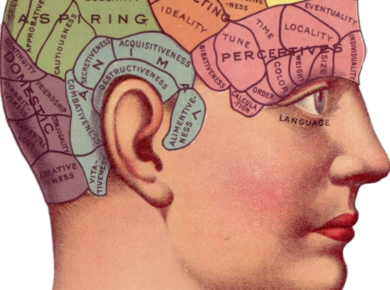In the age of information, technology has become the linchpin of consumer behavior understanding, revolutionizing how businesses connect with their target audience. From AI-driven analytics to predictive algorithms, the tools at marketers’ disposal are more sophisticated than ever, enabling them to decode the intricate tapestry of customer preferences. However, the ascent of technology in deciphering consumer behavior raises both exhilarating possibilities and potential pitfalls, ushering in an era where the line between convenience and invasiveness becomes increasingly thin.
The Rise of Technological Mastery:
- Artificial Intelligence (AI) and Machine Learning: The integration of AI and machine learning algorithms has elevated consumer behavior analysis to unprecedented heights. With algorithms capable of learning and adapting, businesses can predict customer preferences, personalize recommendations, and optimize marketing strategies with remarkable precision.Reference: According to Gartner, by 2023, businesses that implement AI in personalization will witness a 15% increase in revenue.
- Big Data Analytics: The advent of big data has provided marketers with a goldmine of information. Analyzing vast datasets allows for a granular understanding of consumer behavior, enabling businesses to tailor their strategies with a nuanced approach.Reference: IDC predicts that global data creation will surge to 180 zettabytes by 2025.
The Allure of Personalization:
- Tailored Experiences: Technology enables businesses to curate personalized experiences for customers, fostering a sense of connection and loyalty. From personalized recommendations on e-commerce platforms to adaptive content in marketing emails, the consumer feels understood and valued.Reference: According to Accenture, 91% of consumers are more likely to shop with brands that provide relevant offers and recommendations.
- Predictive Analytics: Predictive analytics leverage historical data and algorithms to anticipate future behavior accurately. This allows businesses to stay ahead of trends, ensuring that their products align with evolving consumer preferences.Reference: A McKinsey study reports that companies utilizing predictive analytics are 2.9 times more likely to experience above-average profitability.
The Perils of Technological Intrusion:
- Data Privacy Concerns: The relentless pursuit of consumer data for behavioral analysis has raised concerns about privacy. The Cambridge Analytica scandal serves as a cautionary tale, illustrating the potential misuse of personal information for targeted political advertising.Reference: In a Pew Research Center survey, 79% of Americans expressed concern about how companies use their data.
- Algorithmic Manipulation: Algorithms, while powerful, can be a double-edged sword. By narrowing down options based on past behavior, there’s a risk of trapping consumers in a filter bubble, limiting exposure to diverse perspectives and products.Reference: The Netflix documentary “The Social Dilemma” explores the unintended consequences of algorithmic manipulation on social media platforms.

Navigating the Ethical Crossroads:
- Transparency and Consent: To mitigate privacy concerns, businesses must prioritize transparency and obtain explicit consent for data collection. Building trust is paramount to sustaining long-term customer relationships.Reference: A survey by Pew Research Center indicates that 79% of Americans believe they should have control over who can collect their personal data.
- Ethical AI Practices: Developers and businesses must adhere to ethical AI principles, ensuring fairness, transparency, and accountability in algorithmic decision-making processes.Reference: The European Commission’s Ethics Guidelines for Trustworthy AI outlines key principles for responsible AI development.
Conclusion:
While technology’s role in understanding consumer behavior offers immense potential for businesses, it requires a delicate balance between personalization and privacy. As the custodians of consumer data, businesses must adopt ethical practices, respecting boundaries, and prioritizing transparency. The future of marketing lies in a harmonious coexistence of cutting-edge technology and ethical considerations, ensuring that the tools designed to understand consumer behavior also safeguard the values of privacy and autonomy. Striking this balance will define the next chapter in the evolving saga of marketing and technology.









